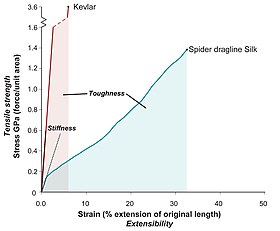Maverickson
Well-Known Member
Hi All,
It goes without saying, when using silk the stitch process is slower verses cotton. Which was the go to thread of choice at the onset of WW-2. As proven out with the limited work I have done with silk thus far. Because of the inherent constraints of slowing down the stitching process when using silk it was not exactly conducive to production work. More than likely exactly why it was dropped when production picked up for the War effort. Thereafter cotton was used for subsequent War era USN flight jacket contracts and the need for increased production. That is until the advent of nylon.
The image seen below comes from the the reverse side of the pocket and flap of my Monarch M-422. Note the shiny golden brown braided silk bobbin thread in the attachment. Difficult to at best to ascertain when viewed on the outside of an 80 year old jacket. That is until opened up and a point missed until my findings.

As compared to Monarch's immediately following mid War USN AN-J-3A 20570 contract. All of which was stitched in (flat colored) cotton thread. Taken from the exact same pocket and flap location and as seen directly below.

Cheers, Dave
It goes without saying, when using silk the stitch process is slower verses cotton. Which was the go to thread of choice at the onset of WW-2. As proven out with the limited work I have done with silk thus far. Because of the inherent constraints of slowing down the stitching process when using silk it was not exactly conducive to production work. More than likely exactly why it was dropped when production picked up for the War effort. Thereafter cotton was used for subsequent War era USN flight jacket contracts and the need for increased production. That is until the advent of nylon.
The image seen below comes from the the reverse side of the pocket and flap of my Monarch M-422. Note the shiny golden brown braided silk bobbin thread in the attachment. Difficult to at best to ascertain when viewed on the outside of an 80 year old jacket. That is until opened up and a point missed until my findings.
As compared to Monarch's immediately following mid War USN AN-J-3A 20570 contract. All of which was stitched in (flat colored) cotton thread. Taken from the exact same pocket and flap location and as seen directly below.
Cheers, Dave
Last edited:

